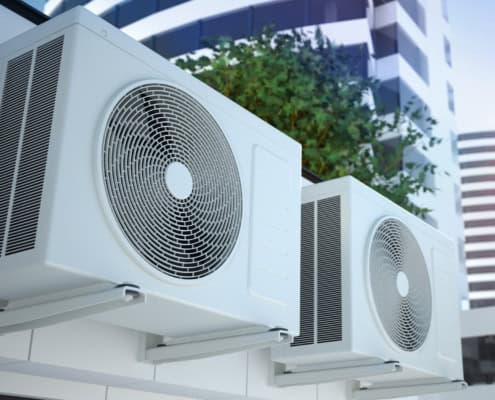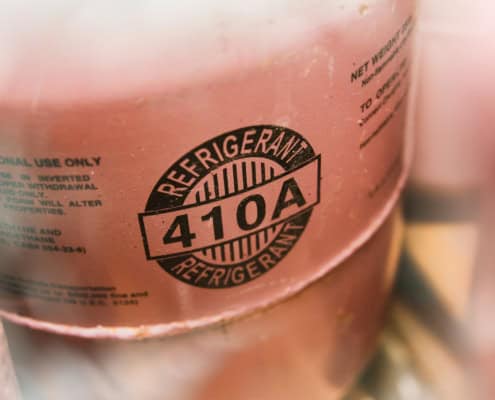 https://agservicestx.com/wp-content/uploads/2024/07/Side-view-of-two-Air-compressors-on-wall.jpg
1250
2000
AbstraktMarketing
/wp-content/uploads/2021/02/cropped-AG-Piping-01-300x30m-300x300.png
AbstraktMarketing2024-07-19 13:19:382024-07-26 20:28:245 Common AC Problems During Summer in Industrial and Commercial Buildings in Dallas
https://agservicestx.com/wp-content/uploads/2024/07/Side-view-of-two-Air-compressors-on-wall.jpg
1250
2000
AbstraktMarketing
/wp-content/uploads/2021/02/cropped-AG-Piping-01-300x30m-300x300.png
AbstraktMarketing2024-07-19 13:19:382024-07-26 20:28:245 Common AC Problems During Summer in Industrial and Commercial Buildings in DallasTypes of Industrial Pipes
Pipes are ideal vessels for moving liquids from one place to another, and they’re essential in an industrial setting. The structural integrity and flexibility of your pipes all contribute to your overall business.
But what are the main types of industrial piping? And what should you know before hiring a commercial plumber to install, maintain, and repair these pipes?
Industrial Pipes & Commercial Piping
In commercial plumbing, we work with many types of industrial pipes. Some are designed to transport corrosive materials, while others are designed to be as inexpensive as possible without causing any health or safety issues. We need to be familiar with common types of industrial pipes to recommend the best pipes for the job, diagnose issues, and guarantee the best quality for our clients.
In this guide, we’ll look at types of industrial pipes, how they’re used, and what materials they’re made from.
Not sure what piping services you need? Explore our page to discover which type of piping is right for your facility.
Different Types of Pipes
These are some of the most common materials used in industrial pipes:
Cast Iron Pipes
Cast iron pipes remain extremely popular across a number of industries thanks to their versatility, durability, and lower cost. These pipes are created by pouring molten iron into sand molds, making them relatively easy to manufacture and customize. They’re most commonly used to carry natural fluids like rainwater, but may be suitable for other applications.
PVC Pipes
If your house was built in the last couple decades, it’s probably full of PVC pipes. Polyvinyl chloride (PVC) is an extremely versatile material that can be made very cheaply. Despite its light and flexible nature, it can handle significant amounts of stress and has a long lifespan. PVC also doesn’t freeze and is resilient to high temperatures, so it’s useful for transporting both very cold and very hot materials.
Copper Pipes
Used in both commercial and residential applications, copper pipe is easy to work with and lightweight compared to steel. However, it can be comparatively expensive, and it’s not a good fit for all applications.
Stainless Steel Pipes
Resistant to corrosion and fairly versatile, stainless steel is used in many industrial applications, especially when cleanliness is a concern.
Galvanized Steel Pipes
Compared to cast iron and PVC, galvanized steel pipes are somewhat expensive. However, galvanized steel is one of the most durable materials, able to withstand both high pressure and corrosive materials. It’s relatively common in industrial buildings.
Pipe Types: Process and Function
These are the main types of pipes we see in industrial applications:
Steam Process Piping
Steam process piping is designed to carry steam and heat throughout a building. Instead of relying on a traditional HVAC system, steam process pipes start at a boiler and wind their way throughout the building.
Sanitary Process Piping
Sanitary process piping is most commonly used in the food processing industry. These pipes must be as sanitary as possible, so the most common material used is stainless steel. The diameter of these industrial pipes tends to be wider than other pipes to facilitate the transportation of large food chunks, though these pipes can also carry liquids and gases.
Wastewater Process Piping
Wastewater pipes are typically made from stainless steel and are designed to carry waste and debris away from the building. Many systems of wastewater pipes can come together to eventually dump into a sewer.
Wash Water Piping
Many industries rely on wash water piping for a steady supply of water to clean food and various other materials. Stainless steel is the preferred option if the water needs to remain as clean as possible, but carbon steel is a reasonable alternative for other industrial piping applications.
Crude Oil Piping
Crude oil pipes are designed to transport crude oil from one place to another and are typically used by oil refining businesses. Carbon steel pipe is the preferred option, and diameters can range significantly.
Acid Piping
Acid piping is designed to carry corrosive materials. Because acids and corrosive materials can eat away at traditional pipe materials, these pipes are often made from a chrome alloy or another special material.
Refrigerant Piping
Refrigerant piping carries refrigerant material throughout a building or around a specific piece of equipment to cool it. Carbon pipes are the preferred material, making it quick and easy to cool what you need to cool.
Fuel Transfer Piping
If you need to transport gasoline or diesel, you need fuel transfer piping. Carbon and stainless steel are both acceptable options here, and fuel transfer piping comes in a variety of sizes depending on the application.
Stormwater Piping
If your business process involves hazardous materials, you’ll need a stormwater piping system to capture any debris that might leak out from your facility when it rains. Carbon steel or iron pipes work best here.
A&G Piping Offers Installation, Maintenance, & More
It’s hard to choose the right materials for your industrial piping needs. Installing or repairing them is even harder. That’s why it’s important to find a commercial plumbing company that can help you make the best piping decisions for your business.
If your industrial piping needs work or you’re looking for an industrial piping partner, contact A&G Piping for a free consultation today!






